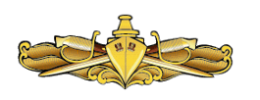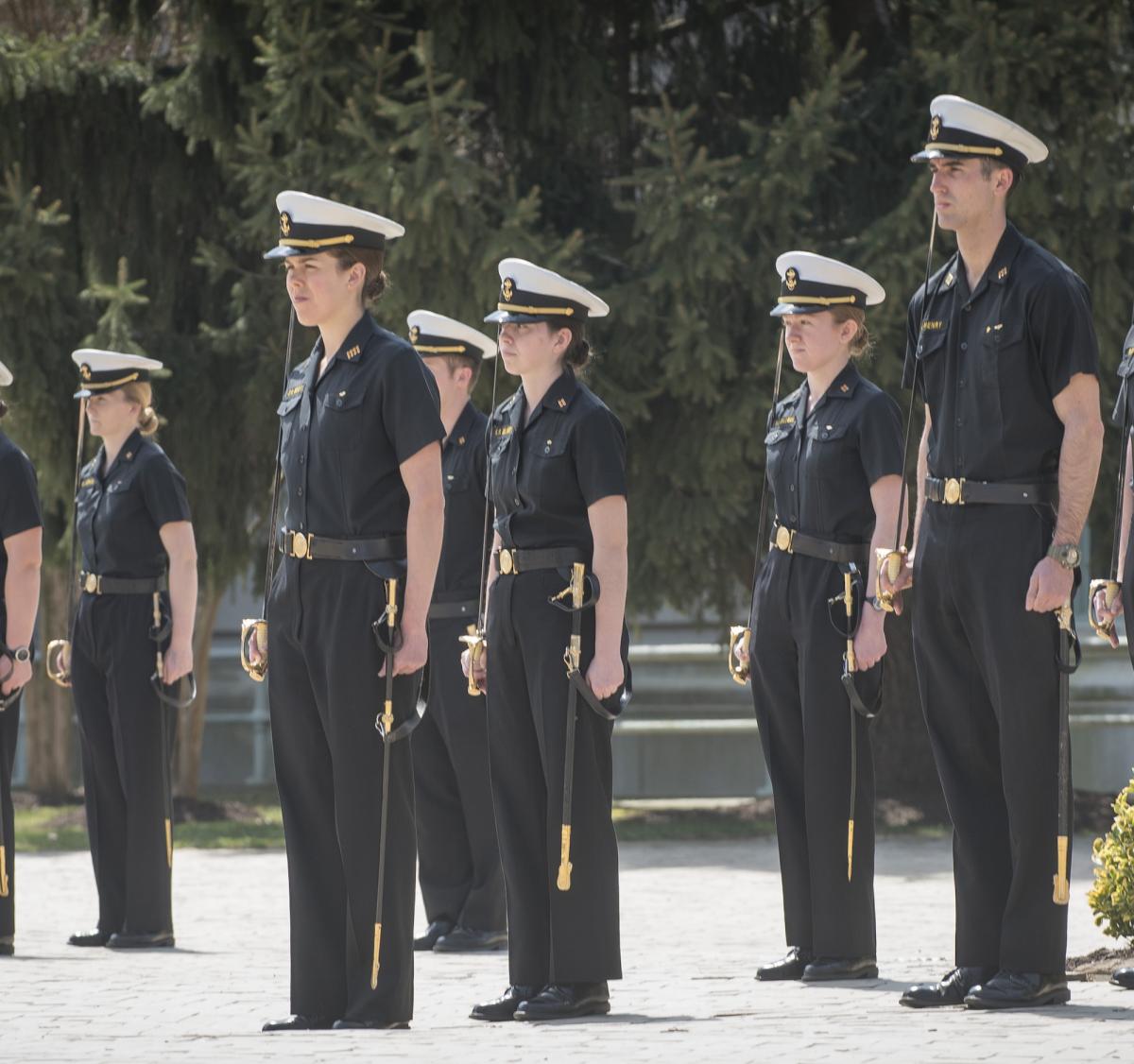Usnavy2019
10-Year Member
- Joined
- Mar 31, 2013
- Messages
- 1,070
Each community will rack and stack everyone who put that community as a first choice by their own metrics. Whatever algorithm they use to rack and stack is an internal thing. Each community will meet periodically to select people and those who don't get their first choice will get shipped off to their second choice community. If they don't get their second, they will go to their third, and so on. The process will keep on going until everyone has their assignments. The assignments are not final, however. Some people will lose their assignment based on medical issues, not passing the nuke interview (Nuke SWO/Subs), cross commissioning, etc.


